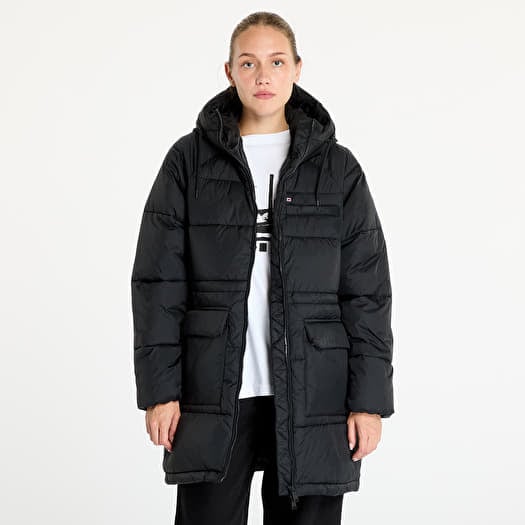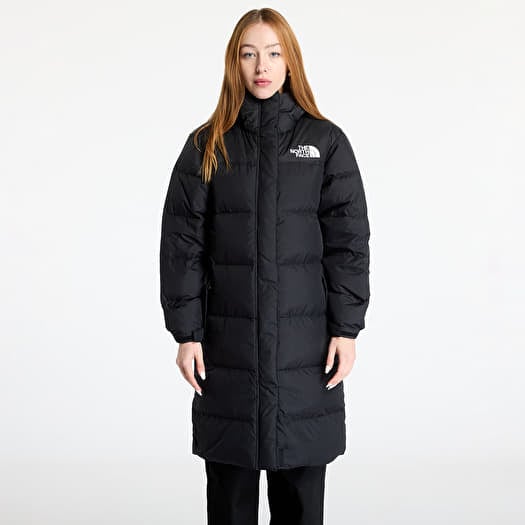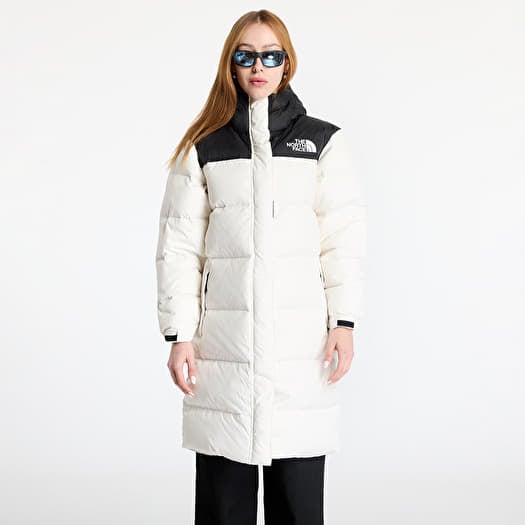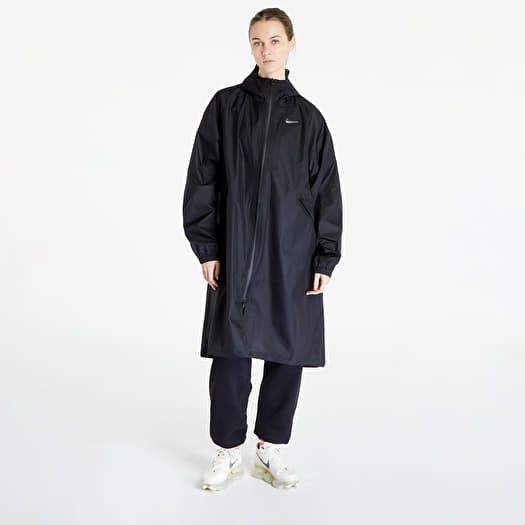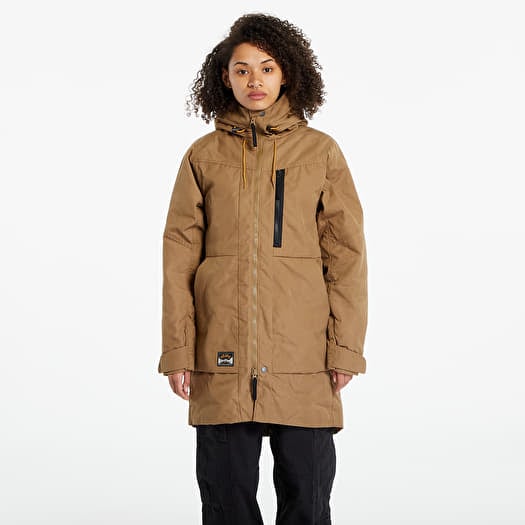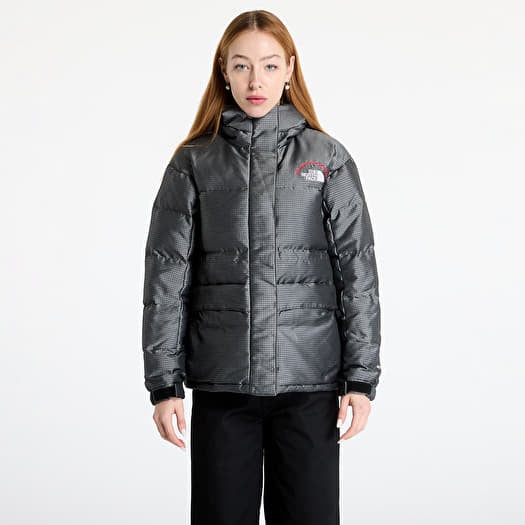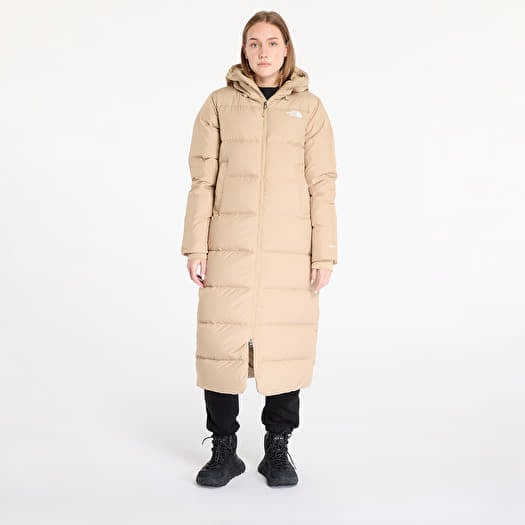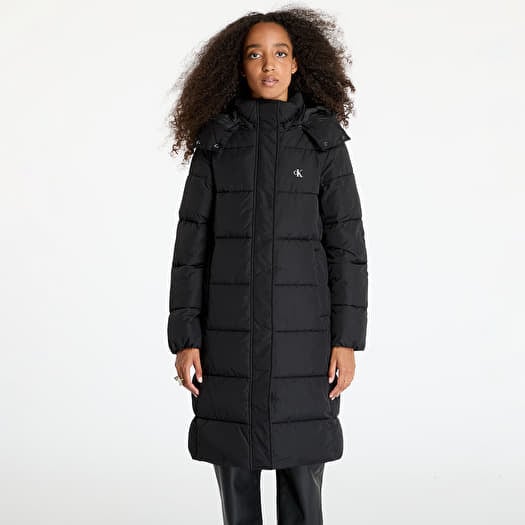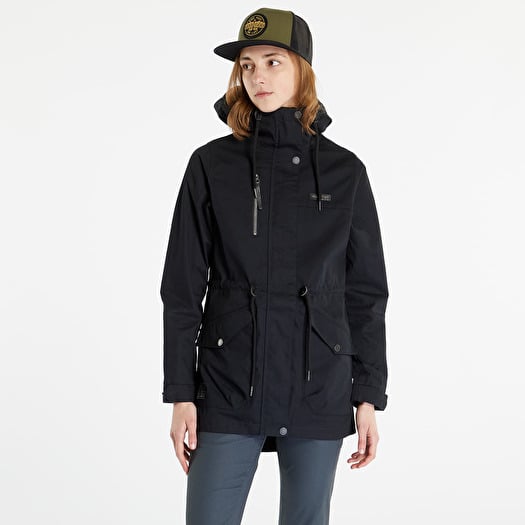Women's parkas
Products: 10
- Popularity
- New Arrivals
- Lowest Price
- Highest Price
- On Sale
Women's parkas have become more than just a fashion trend that will never be remembered in three seasons' time. Parkas have established a firm place in the wardrobe for their cut, comfort and versatility. Although the first ones were mainly men's, but then they started to be much more fitted, narrower and more decorated, ladies couldn't resist and fell under the spell of parkas. And why? It's simple. Parkas are suitable for spring, autumn and winter. In spring, you can wear it with a t-shirt or a thin sweater, add a pair of Vans Old Skool and you're done. In autumn and winter, you need to wear a thicker top under the parka, maybe two, because the more layers, the better it looks; put on a beanie, a scarf and put on Timberlands, for example, but you're sure to be warm, you won't get wet and you'll look very handsome!
How do I actually know the park? You can tell a parka by its longer cut with a button fastening and drawstring at the bottom or waist. No proper parka is without a hood, large pockets and outdoor colours such as dark green, dark blue, brown or black. Now parkas are already made of special material that although they look cloth and that get wet, but it is not the case. A lot of manufacturers make sure that the parka provides waterproof, windproof, warmth and comfort. At Footshop, we've gone to great lengths to ensure that you'll find good-looking parkas from the world's leading brands.
Fun fact: Did you know that the historical origins of parkas come from the Eskimo lifestyle? In fact, Eskimos used sealskins or reindeer skins to make long hooded coats, often infused with fish oil to increase the effect of thermal insulation. These overcoats were called parka, translated as 'animal skins'. Eskimos wore parkas mainly over their heads, and their parkas were much larger and also heavier because of the material. However, they could layer their clothes properly and keep themselves warm. Today's parka owes its appearance to the influence of army "fashion", which added various gadgets in the form of fastenings or pockets.
